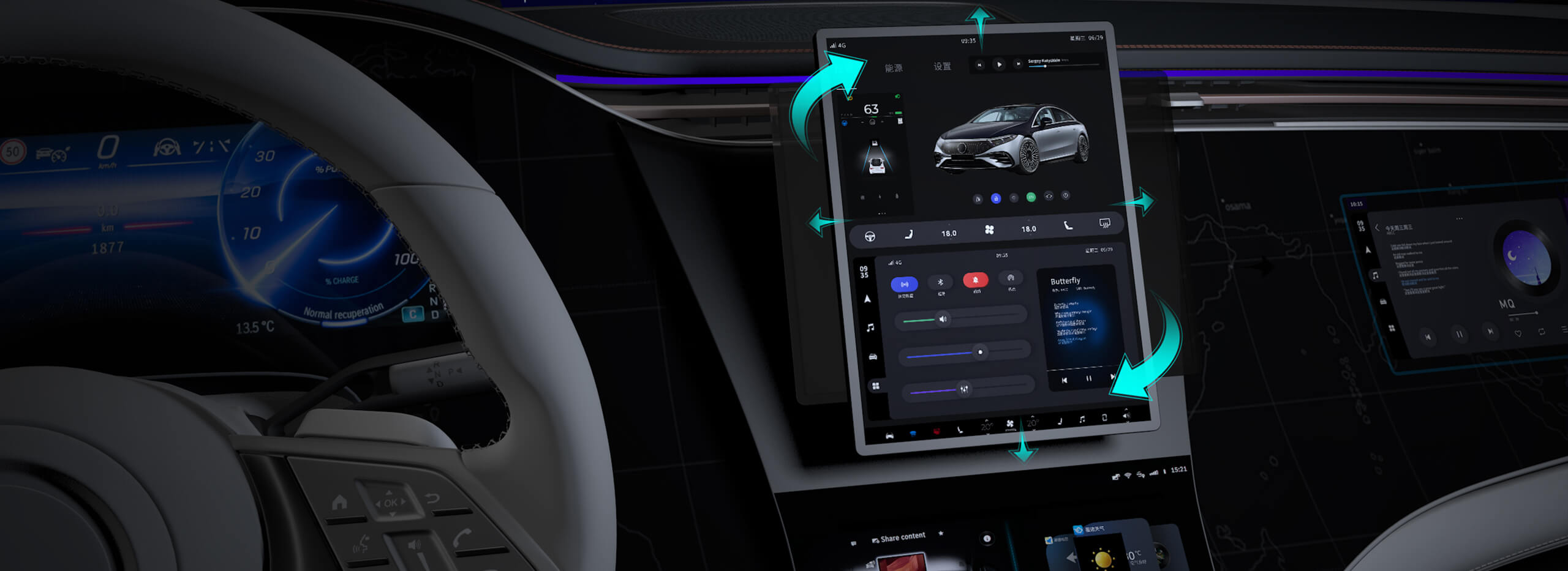Sure! Let’s dive into a lively, straightforward piece that makes connecting a servo motor to an Arduino feel like a breeze. Imagine you're tinkering in your garage, your favorite song humming softly, and suddenly you get that spark—how do I make this motor dance? That’s exactly what we’re about to simplify.

First off, the hardware. It’s pretty simple—more like assembling Lego than wiring a rocket. You’ve got your servo motor, which usually has three wires: power, ground, and signal. The power wire often red, ground black or brown, and signal typically yellow, orange, or white. Your Arduino board? Just a few pins to plug into.
Now, the exciting part—connections. Take the servo’s power wire and connect it to the 5V pin on your Arduino. Ground? To one of the GND pins. The signal wire? To a PWM-capable digital pin—say, D9. Nothing complicated there. Just keep in mind, if your servo is bigger or draws more current, it’s better to power it from an external source to avoid draining your Arduino.
Coding is where things get interesting but not intimidating. Here’s a quick rundown: you’ll need a library that makes life easier—Servo.h. Did you know? Including this little library unlocks straightforward commands to control your servo’s position. After initializing the servo object, you can set positions from 0 to 180 degrees by calling functions like .write(). Boom, your servo moves.
Let’s make it interactive: you could write code that makes the servo sweep back and forth, or respond to a potentiometer. Imagine turning a knob, and the servo swings—simple! This endpoint taps into your creativity. What if you want to control it with a button? Just remember, the signal pin reads high or low, and you translate that into movements—easy peasy.
Some folks ask, “Will my servo work immediately?” Well, most servos are plug-and-play, but a quick test helps confirm. Set your code to move the servo to a certain angle and observe. If it jitters or doesn’t move, try adjusting the power supply or checking your connections.
Here’s a little tidbit: using a breadboard makes it way simpler to experiment without soldering. Connect your wires, load your sketch, and watch the motor come to life. Even if you're new, this setup is forgiving enough to experiment with different commands or add sensors later.
Do you want to add more advanced control? Consider using sensors like ultrasonic or infrared to make your project smarter. The beauty of this setup is how it acts as the foundation for all kinds of robotics or automation projects.
Would I recommend trying this out? Absolutely. There’s a kind of magic in seeing that little motor turn exactly as you want. Plus, it’s an accessible way to step into robotics, inspiring ideas to build bigger circuits or even explore AI-powered systems down the line.
Connecting a servo to an Arduino is not just about following steps; it’s about feeling that thrill when it works. Whether you’re making a robot arm, a camera gimbal, or a playful gadget, this core knowledge opens a world of possibilities. Now, go ahead—tinker, tweak, and bring your ideas to life!
Established in 2005, Kpower has been dedicated to a professional compact motion unit manufacturer, headquartered in Dongguan, Guangdong Province, China. Leveraging innovations in modular drive technology, Kpower integrates high-performance motors, precision reducers, and multi-protocol control systems to provide efficient and customized smart drive system solutions. Kpower has delivered professional drive system solutions to over 500 enterprise clients globally with products covering various fields such as Smart Home Systems, Automatic Electronics, Robotics, Precision Agriculture, Drones, and Industrial Automation.




































